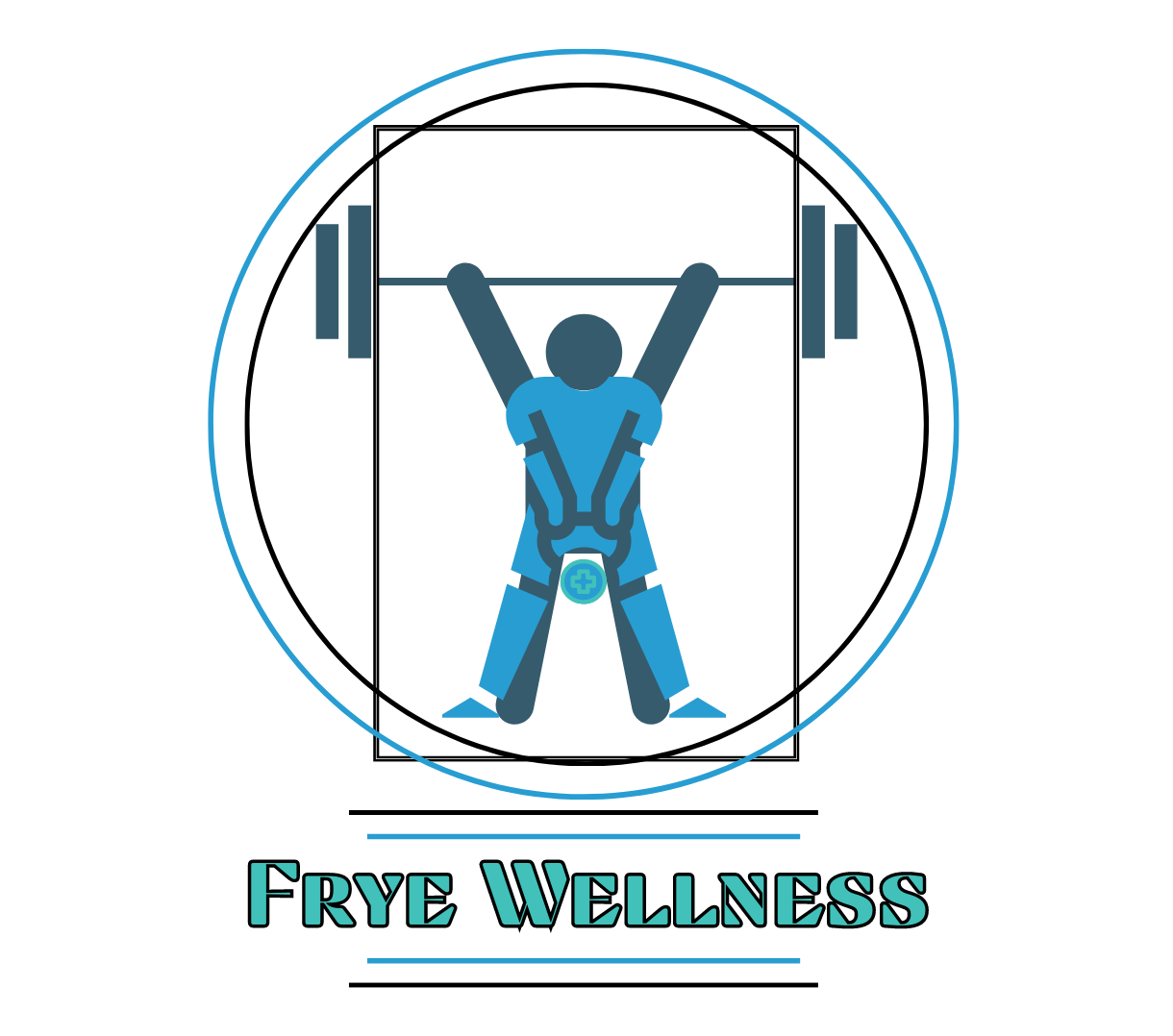What do you think of when you hear the word "posture"? Maybe you hear your mother telling you to "sit up straight," or of a ballerina moving gracefully through the positions, or perhaps you think of someone slouching, looking tired and defeated. Take a look around and you will see plenty of examples of bad posture, so many of our daily activities require us to assume positions that are detrimental to good posture. In fact, a medical condition coined "text neck" is now being treated by doctors across the country. Our posture influences so much of our attitudes and behaviors; it can determine our place in a social structure; it has even been shown to change what hormones are released into our bloodstream. All of a sudden sitting up straight seems pretty important (your mom was right again!), but do you know what correct posture looks and feels like? How about what muscles to work to ensure that you can keep your shoulders and pelvis in the correct position? If you are someone who sits for extended periods of time, pay attention.
"Posture" can be a bit vague so for our purposes we will talk about "alignment". What you should really be striving for is to have your spine be properly aligned, meaning that you want your vertebrae to be stacked properly to transfer weight down to the muscles in the hips and legs and ultimately down to the ground. Your spine has natural curves in it that help to evenly distribute body weight so the goal is to develop strength that supports that natural structure. A good place to start is the midsection, making sure the muscles of the "inner unit" are toned; these include the TVA (transverse abdominus), the pelvic floor, the multifidus, and the diaphragm. You can read more about how to train your diaphragm here and about the roll that your abdominal muscles play in positioning your pelvis here.
Once you have started to get your midsection dialed in, turn your attention north to your thoracic spine and shoulders/ chest. Your 12 thoracic vertebrae make up the largest portion of your spine and are subject to constant stress. As we sit in front of screens or in our cars we begin to slouch, this is a result of the muscles in our mid and lower- back becoming fatigued and the muscles in our chest and under our arms (latissimus dorsi) becoming tight. As this slouched position continues, the mid-back muscles begin to lose their tone and can no longer support the weight of our rib cage, collar bone, arms, and head resulting in pain in the middle and lower portions of the back; in addition, the muscles in the neck and upper back are working overtime and become tight and knotted, in fact this is why most people are said to store stress in their neck and shoulders. So what is the remedy? The first area to address is the chest and underarm areas, the pectoralis muscles need to be lengthened to allow the humerus (upper arm) to move to the rear of the shoulder joint where it belongs and the latissimus dorsi muscle needs to be lengthened to allow the thoracic spine to straighten. Doing a doorway stretch for 1 min 5 times a day will do wonders. If you need to be more aggressive, a trained sports or therapeutic massage therapist will be able to find the trouble areas, or if you are a do-it-yourselfer you can use a lacrosse or tennis ball to get some relief, here Dr. Kelly Starrett of Mobility WOD shows you how to work on the chest and rear shoulder to restore motion and here to work on your lats. Once you have restored some movement to those tissues, you then need to work on strengthening your middle back and shoulder stabilizers. Exercises like prone supermans and bent over "Y" are some of my favorites for working those areas (make sure for both exercises to keep your chin tucked).
The final piece is to simply focus more on your posture and make sitting up straight with a neutral spine a priority. Rearranging your workspace can make a huge difference as will getting up and taking a walk every hour. Like most things worth doing it will take some time, but the payoff will be well worth the effort, not to mention your mother will be so proud.
